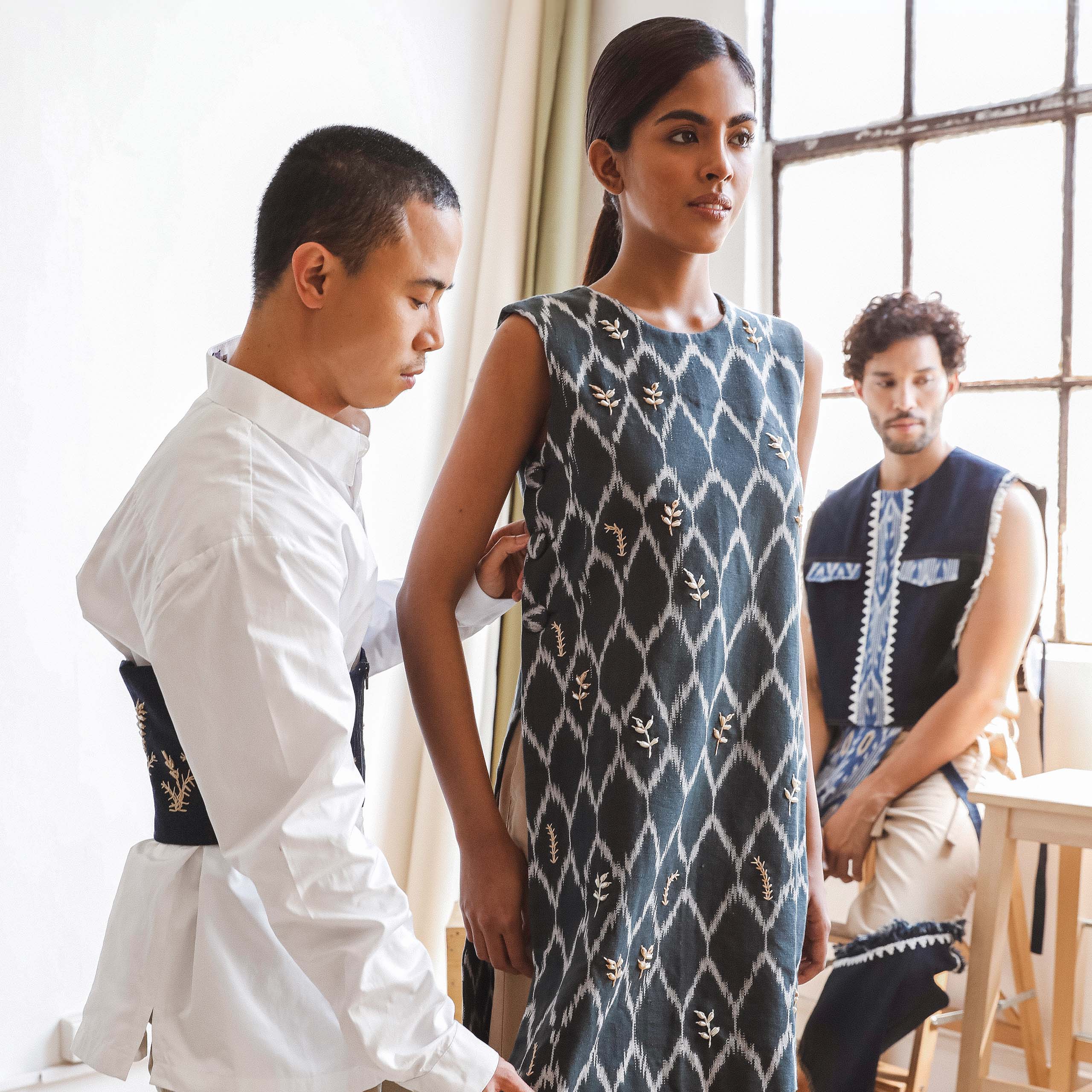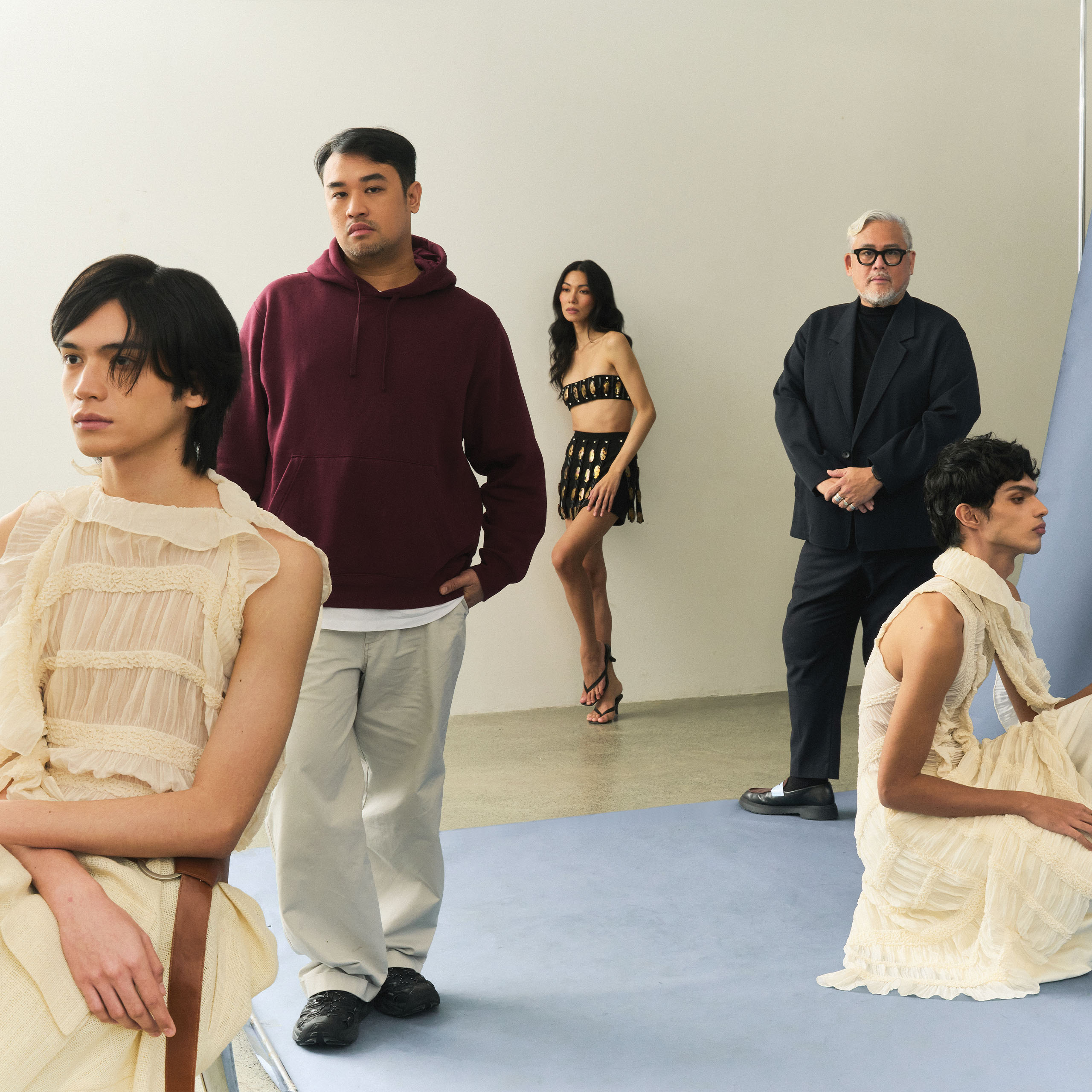A study on how K-Pop influenced the fashion world and beyond
We have seen the steady growth of Korean culture in the global fashion scene, but it’s safe to say that it doubled over the course of the pandemic. Society experienced a sudden stop, which meant we had to resort to the online world to keep us going, and the algorithm may or may not have picked up on the right time to get us hooked on certain trends from K-culture. People suddenly binged the latest K-Dramas, listened to new K-Pop hits, as well as curating styles closely related to the Hallyu wave.
With fashion being an art form that takes inspiration from all kinds of sources, it is no surprise to see how the industry is keeping up with the Korean trend. And if there’s one initiative that the fashion industry is taking quite seriously right now, it’s definitely making the most out of the in demand K-Pop groups and idols as they become the face of various brands.
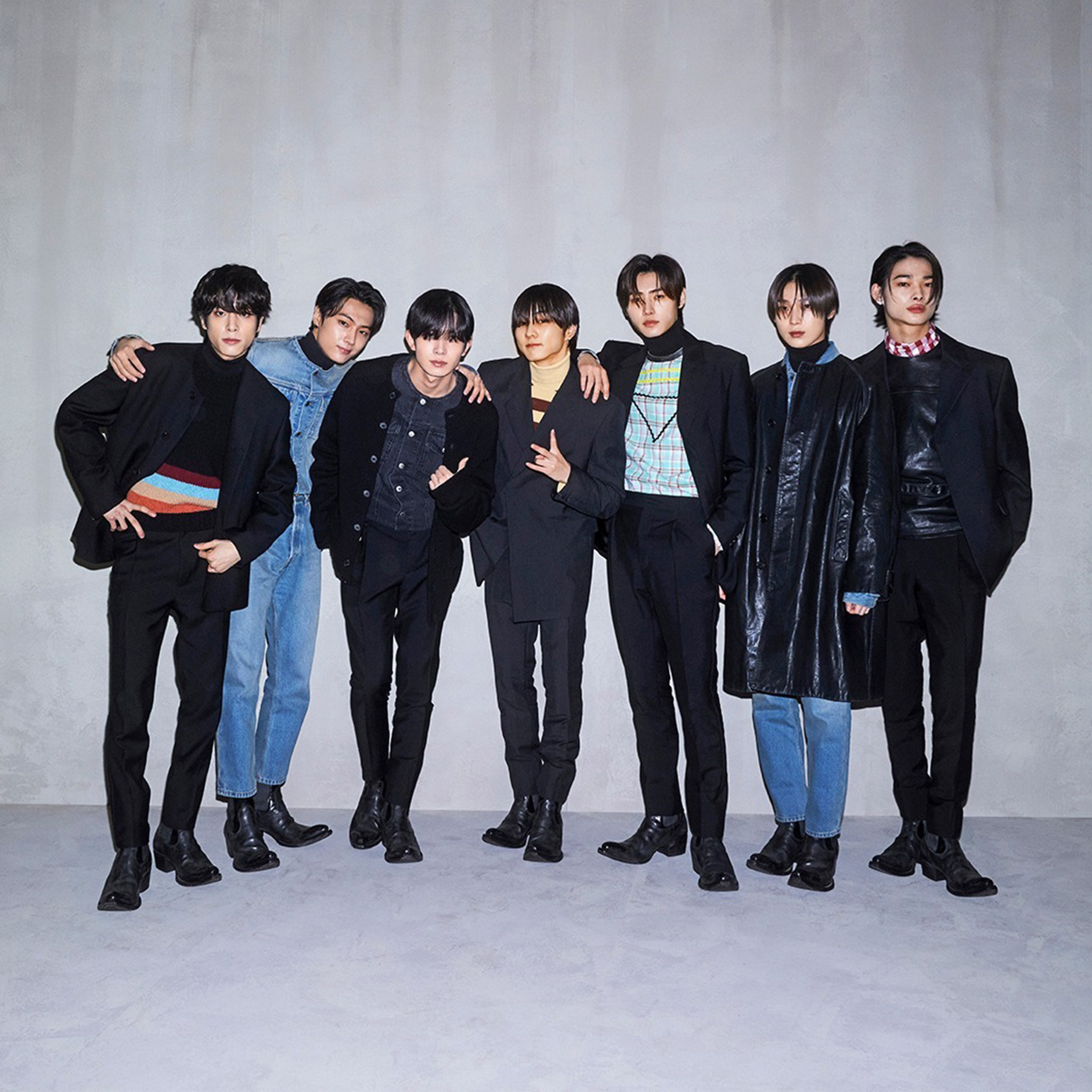
Houses like Prada welcomed stars like Enhypen and SANA from Twice, Celine has Lisa from BLACKPINK and V from BTS, and newly signed ones such as Danielle from NewJeans with Burberry, SUGA from BTS with Valentino, and Jimin from BTS with Dior. It must be quite the celebration for K-Pop fandoms as their favorite idols collaborate with esteemed fashion houses, but we can’t help but wonder how this phenomena even came to be.
The rise of K-Pop
Keep in mind that the Hallyu wave didn’t happen so suddenly. In fact, K-Pop wasn’t the hottest trend during the widespread of Korean culture back then. Instead, it was the surge of K-Dramas in the early 2000s. There was something so refreshing about the shows that Korea produced with their lighthearted humor, wholesome storylines, and undoubtedly cute aesthetic. However, these dramas wouldn’t have been complete without a soundtrack that then caused the inevitable curiosity of international viewers towards Korea’s local music.
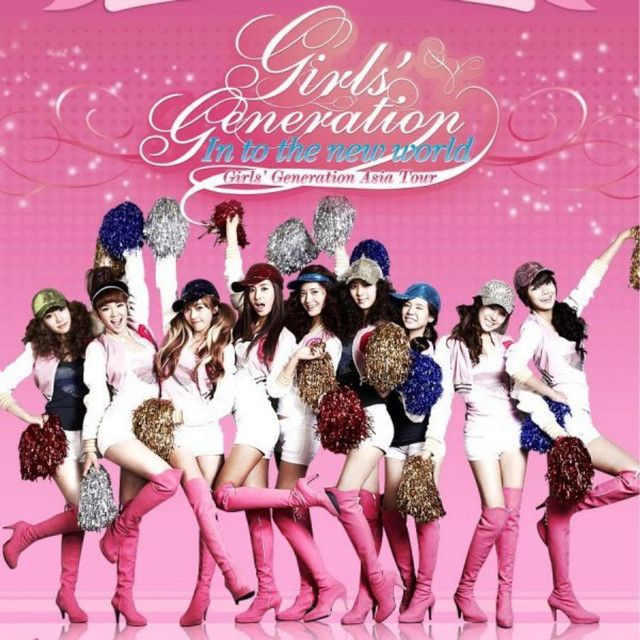
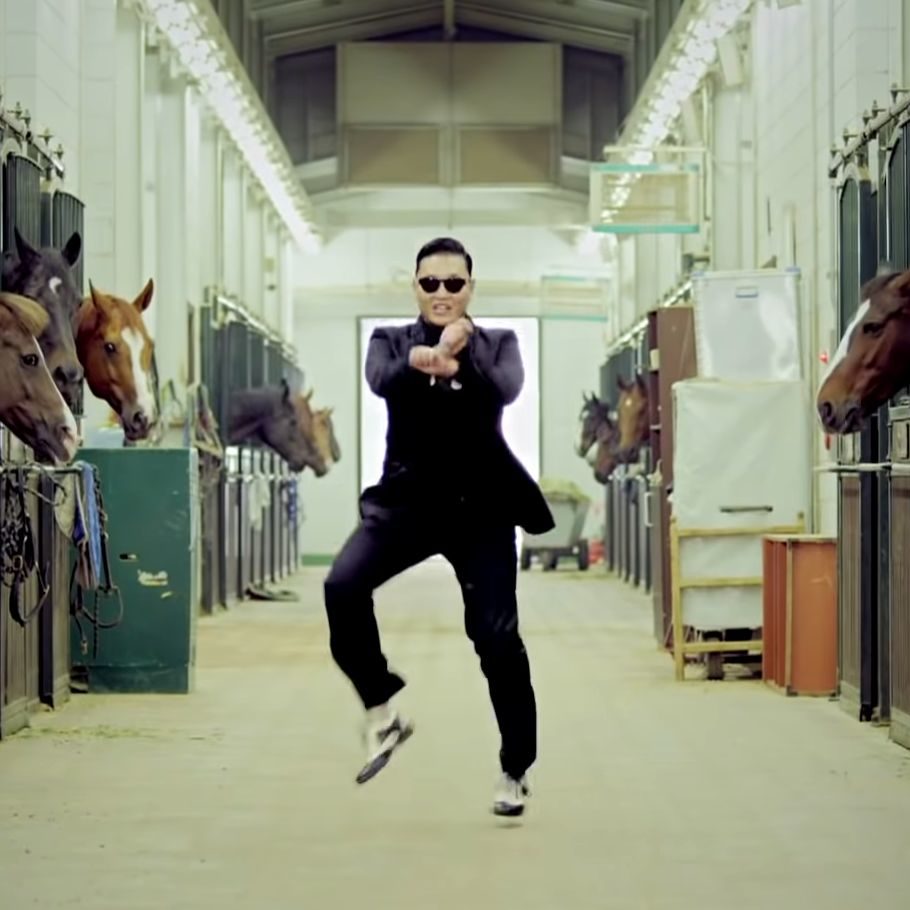
The upward climb of K-Pop was felt for those who enjoyed their music in 2009 to 2013 when Wonder Girls released“Nobody,” Girls Generation with “Oh!,” Super Junior had “Sorry, Sorry,” and Psy with the global hit song, “Gangnam Style.” This itself gained traction and there had been loyal fans who stuck through the artists and new ones over the years.
New aesthetics
In the K-Pop world, they keep track of their artists with the term “generation.” So if you’ve been keeping tabs on the industry, you’ll be aware that the third generation of K-Pop idols were mostly hitting the international charts and making themselves known in the global landscape. It was the perfect mix as these groups showcased a new sense of fashion in their music videos, as well as their unapologetic exploration in their style.

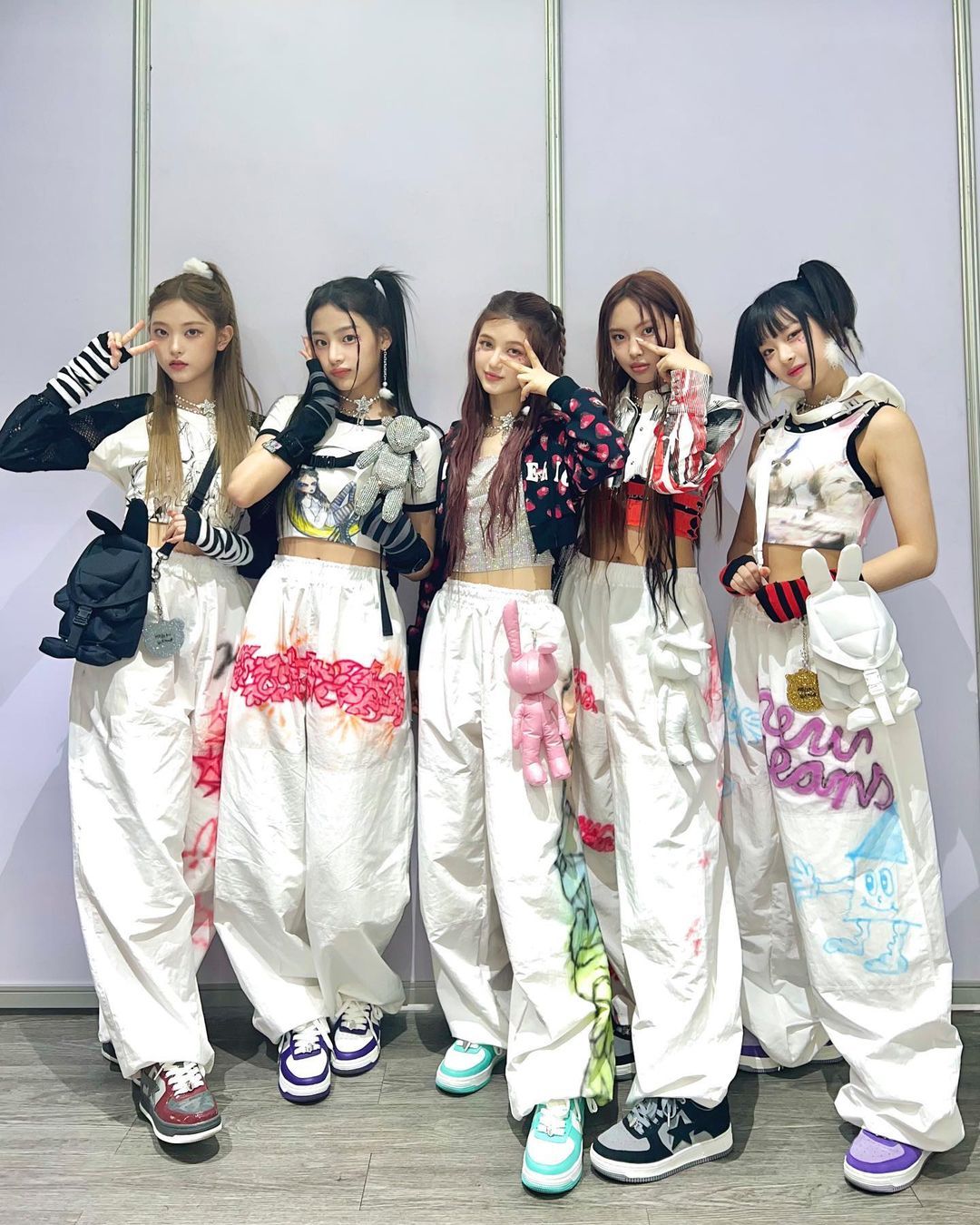
While most people would describe Korean fashion in the umbrella of “bubblegum aesthetic,” there’s actually more layers to it as these idols venture into different styles, just with a special edge. It’s their unique eye for mixing different pieces such as a tennis skirt with a cardigan-top coordinate or cargo pants paired with a sports bra and bust cut sweater—these are well-known combos that were actually popularized by the K-Pop industry and are still being used to this day by both fashion and K-Pop enthusiasts.
To put things into perspective, we can reference an edgy yet feminine style from BLACKPINK, the cute and preppy aesthetic Twice has, and the popular Y2K trend on NewJeans. As for menswear, K-Pop boy groups are actually open to various styles even if it crosses some gender norms. Fourth generation K-Pop boy group Stray Kids were seen wearing cropped tops in their live shows, whereas worldwide favorite BTS often played with pastels and florals in their Boy With Luv era, as well as hiphop rebel looks during their No More Dream era.
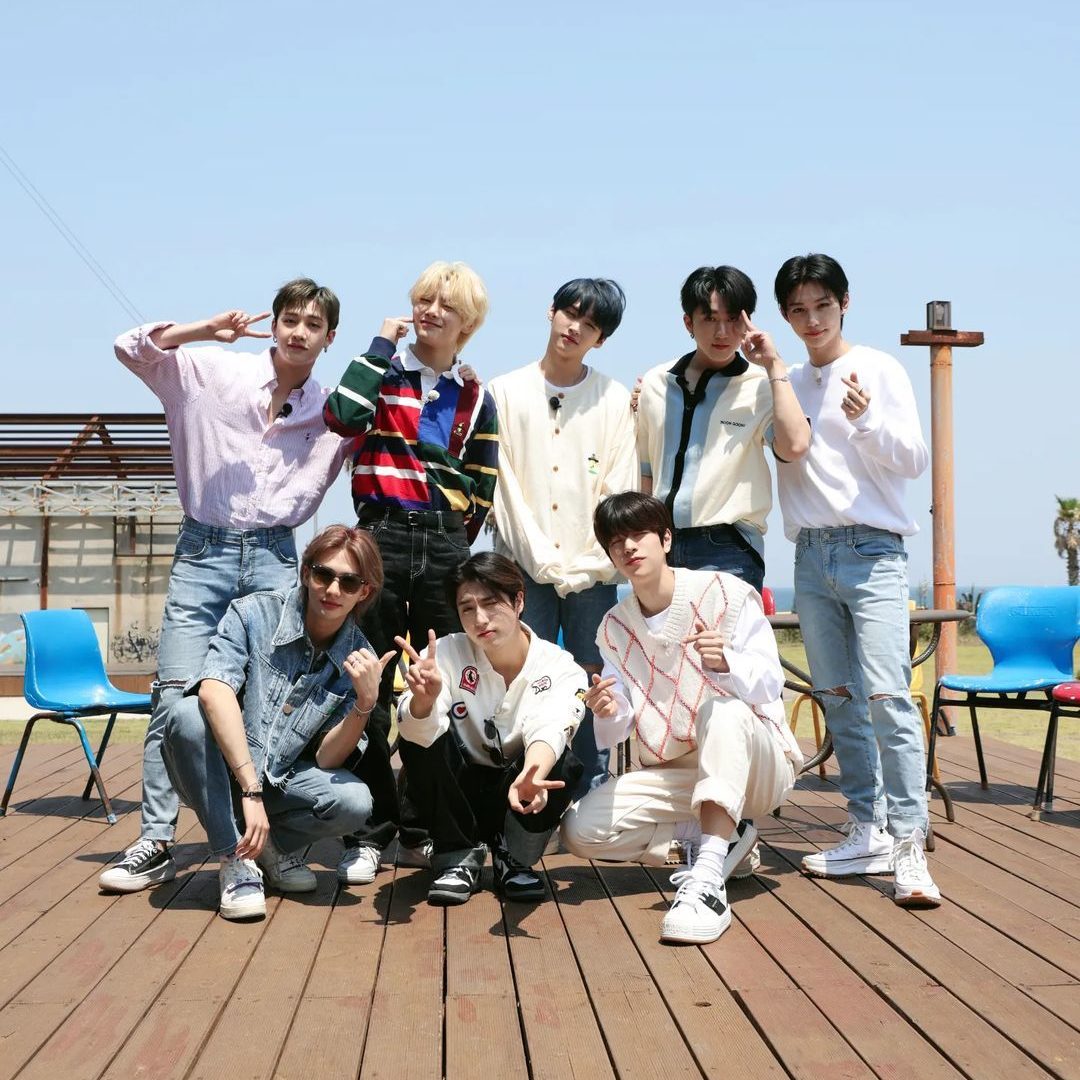
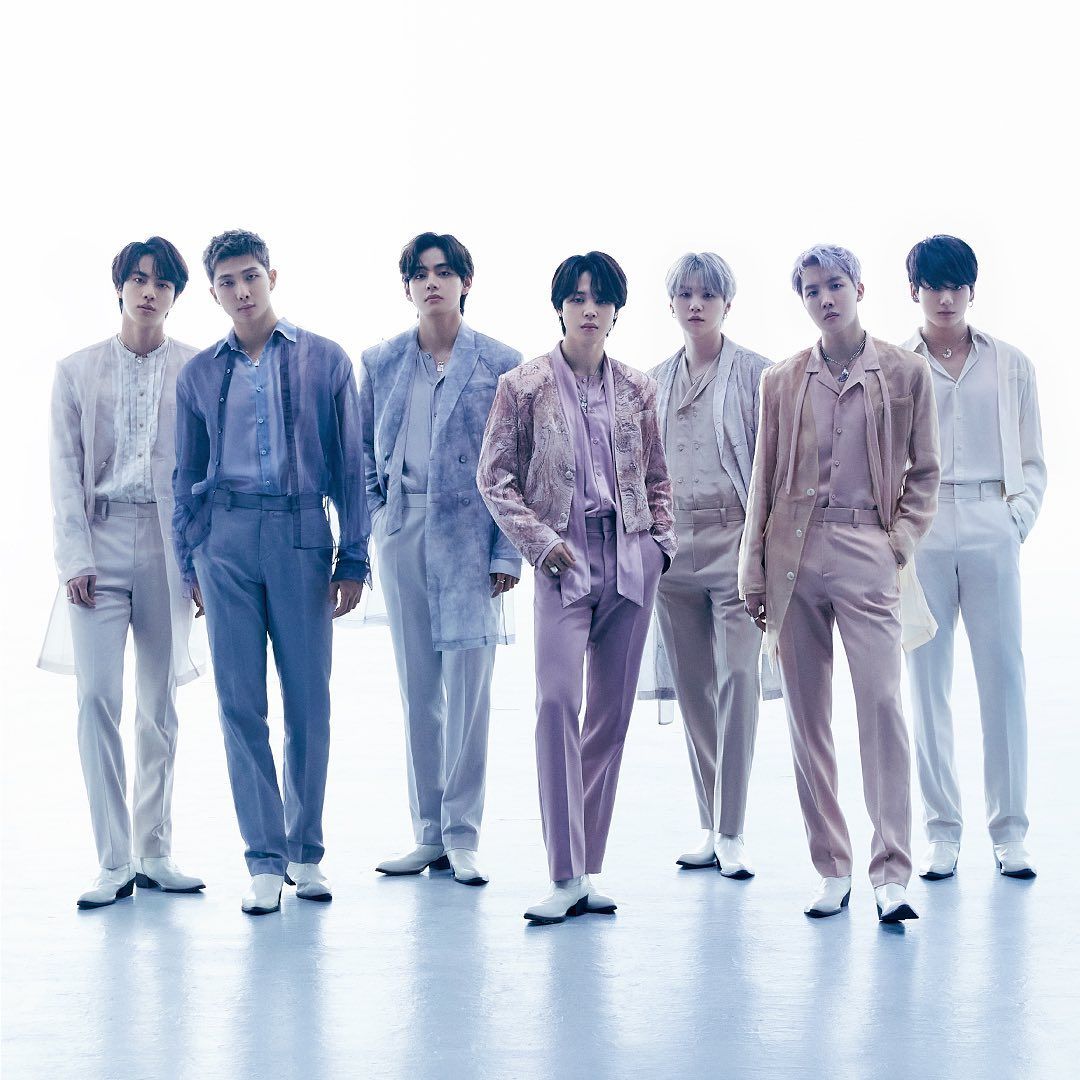
But one tricky thing about Korean fashion is that trends come and go very quickly. It’s why there are sudden changes in aesthetics and styles that occur in the industry, and some fans expressed that it isn’t the most realistic style to have since pieces that are considered the hottest fad right now may be tomorrow’s fashion trend of the past.
Dedicated fans
It’s also quite known that fans of K-Pop groups have such social media power with their dedication to vote in award shows, as well as having their own initiative to promote the new content of their favored groups. These fans are creative in their use of the digital world as they produce their own content and even analyze each K-Pop group’s unique style. Some would film themselves copying a specific look from an idol, while others would research the latest clothing these stars wore at the airport, in music videos, and even in rehearsal videos. This could possibly be the reason why fashion brands suddenly turned their attention to these rising and popular K-Pop groups.
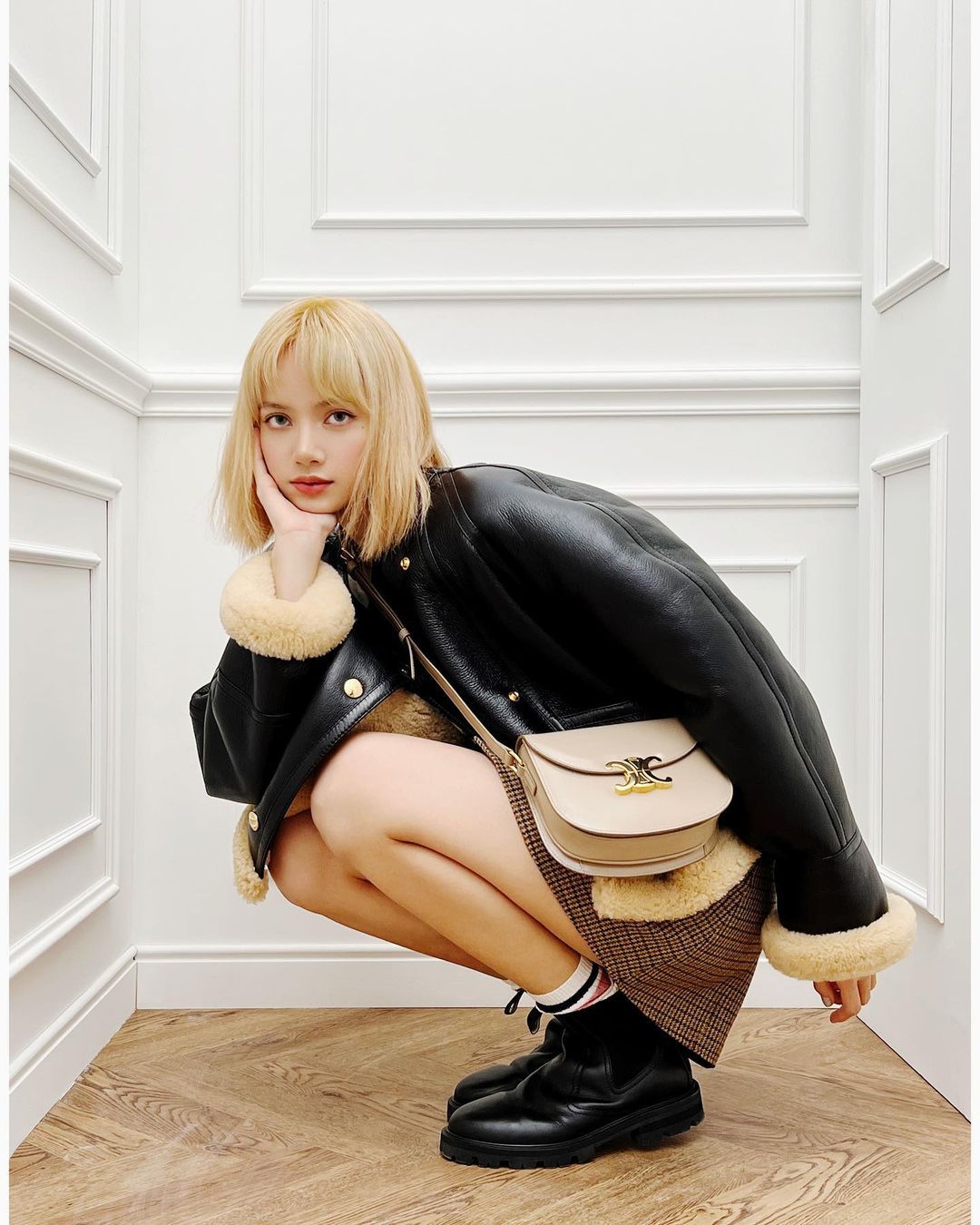
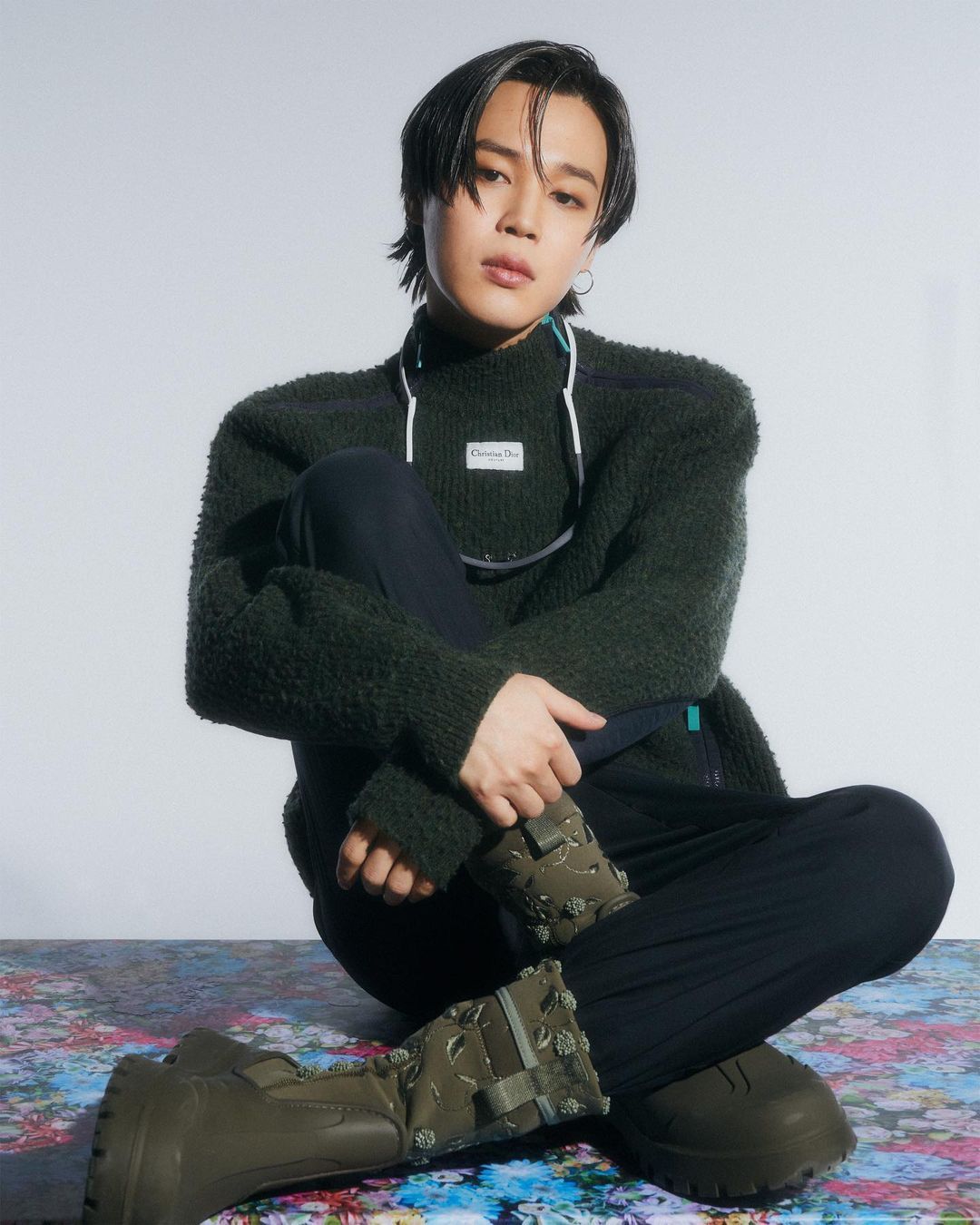
Buying power
As mentioned before, fans would often create outfit breakdowns of what their idol wore. From the shirt, shoes, trousers, down to the accessories—they will most likely get the right brands in a matter of seconds. And if they can quickly get the brands right, the mentioned clothes could also already be sold out before you can even search the piece online. This isn’t an exaggeration since it happened to the red tweed cardigan from Zara that Jisoo posted on her Instagram, which then was sold out right after posting. Another example would be the cropped jumper from WOOYOUNGMI that Jimin wore in a Samsung advertisement—all sizes went completely out of stock.
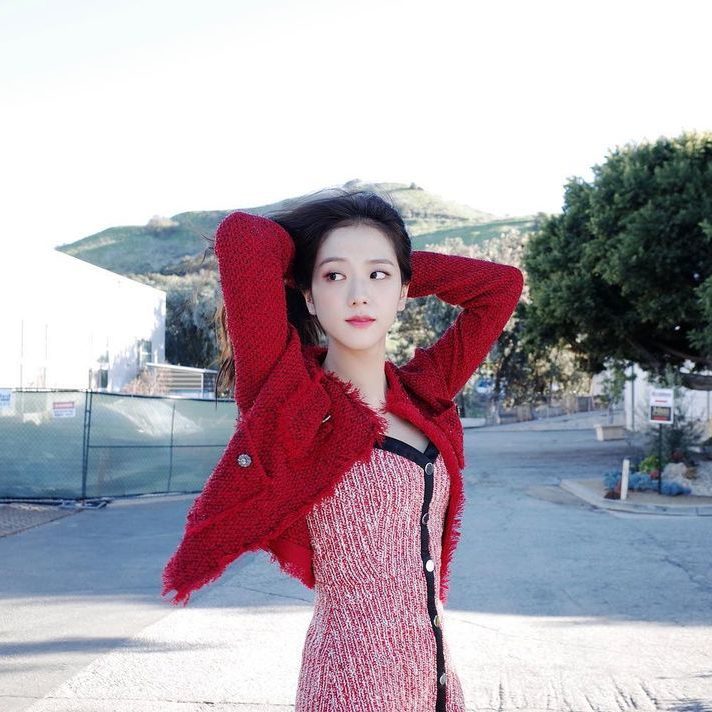
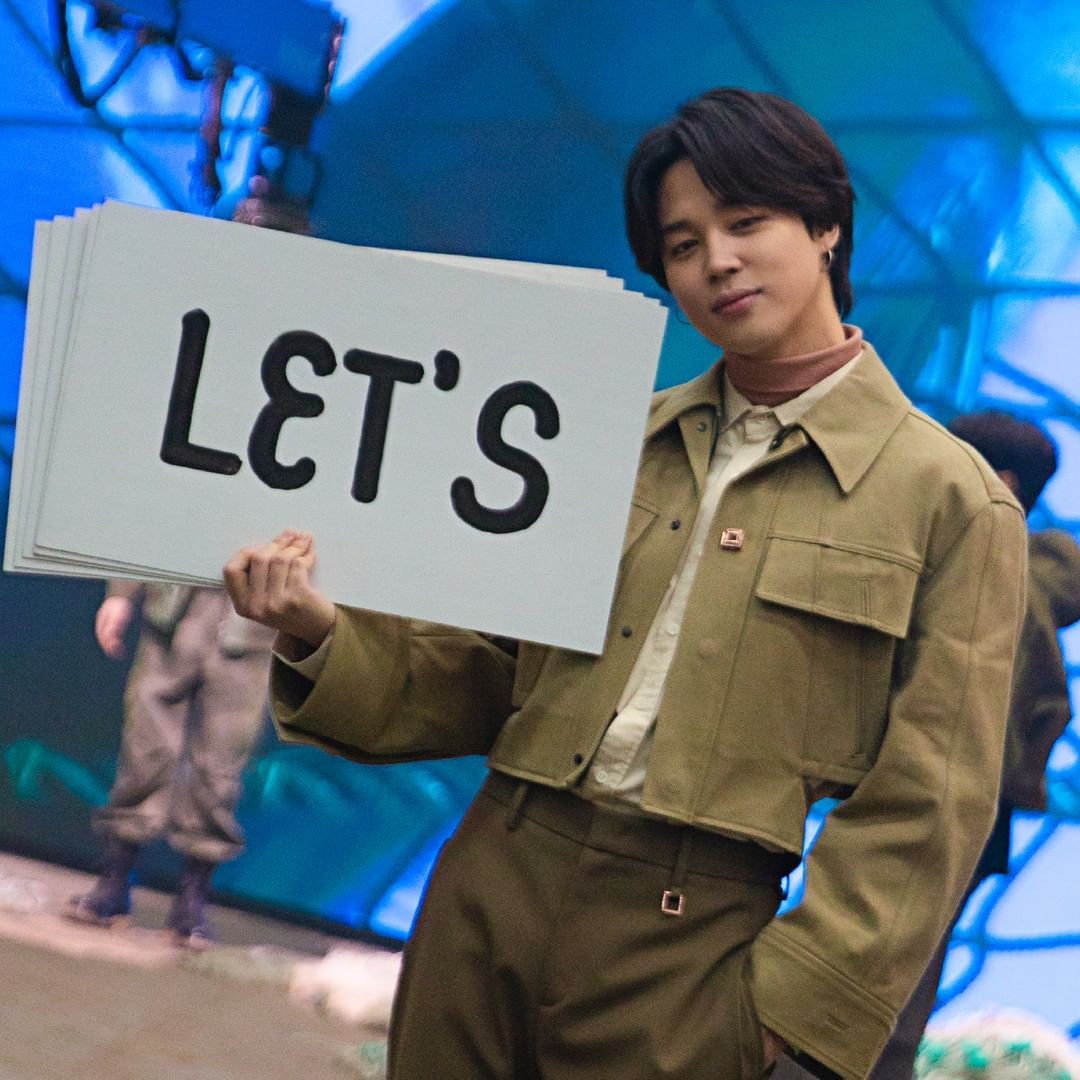
Global influence
Diversity is definitely a factor we should mention as fashion brands welcome K-Pop groups and idols, but we also can’t deny the business aspect of these collaborations. Having a beloved group under your brand will gain huge attraction as fans wait for the next line of clothes their idols will wear. If you combine the buying habits and social media power these separate fandoms have, this can easily make your brand the most popular in just a day. Granted that most brands are already well-established and loved by many, but there’s also nothing wrong with gaining more than what you already have.
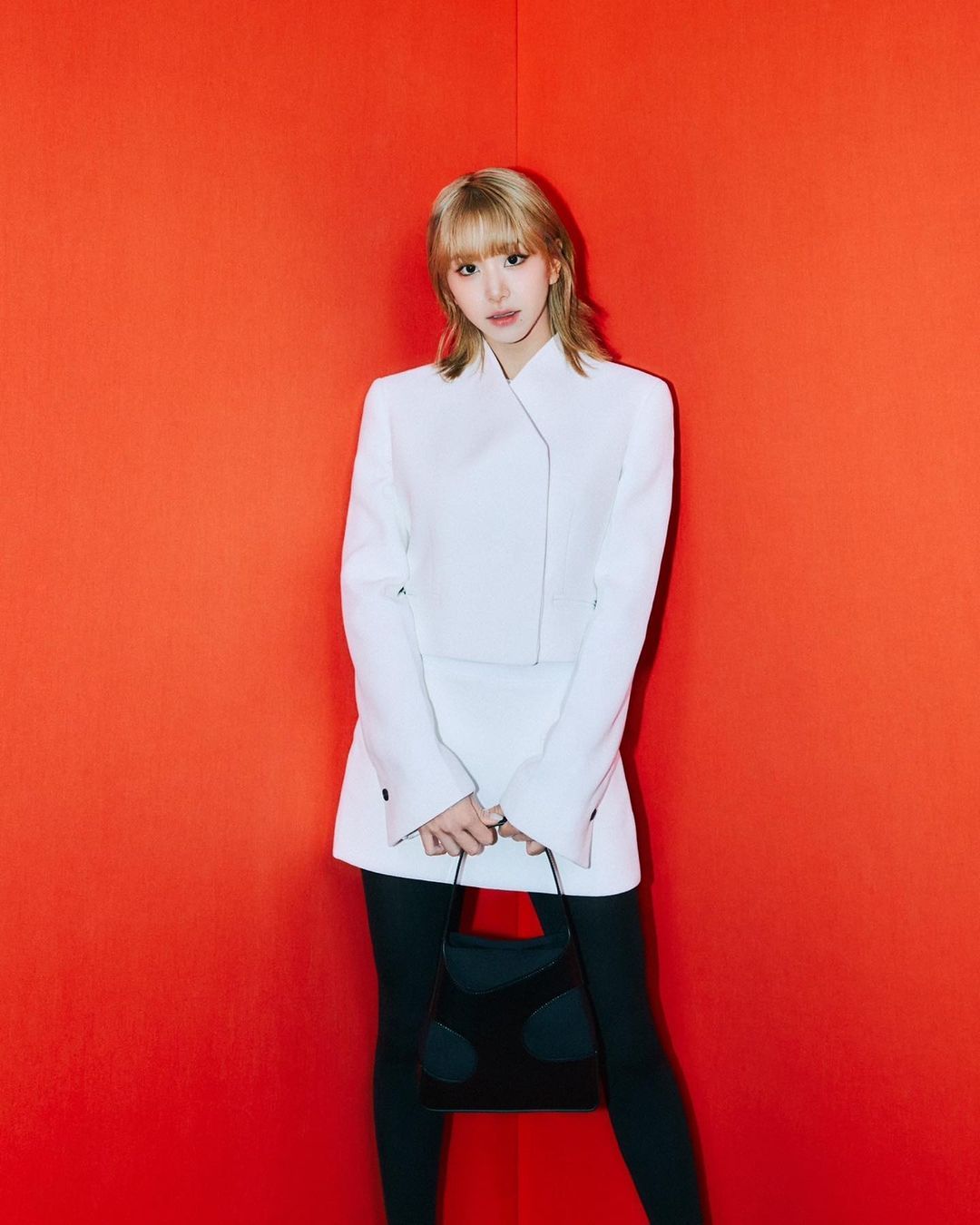
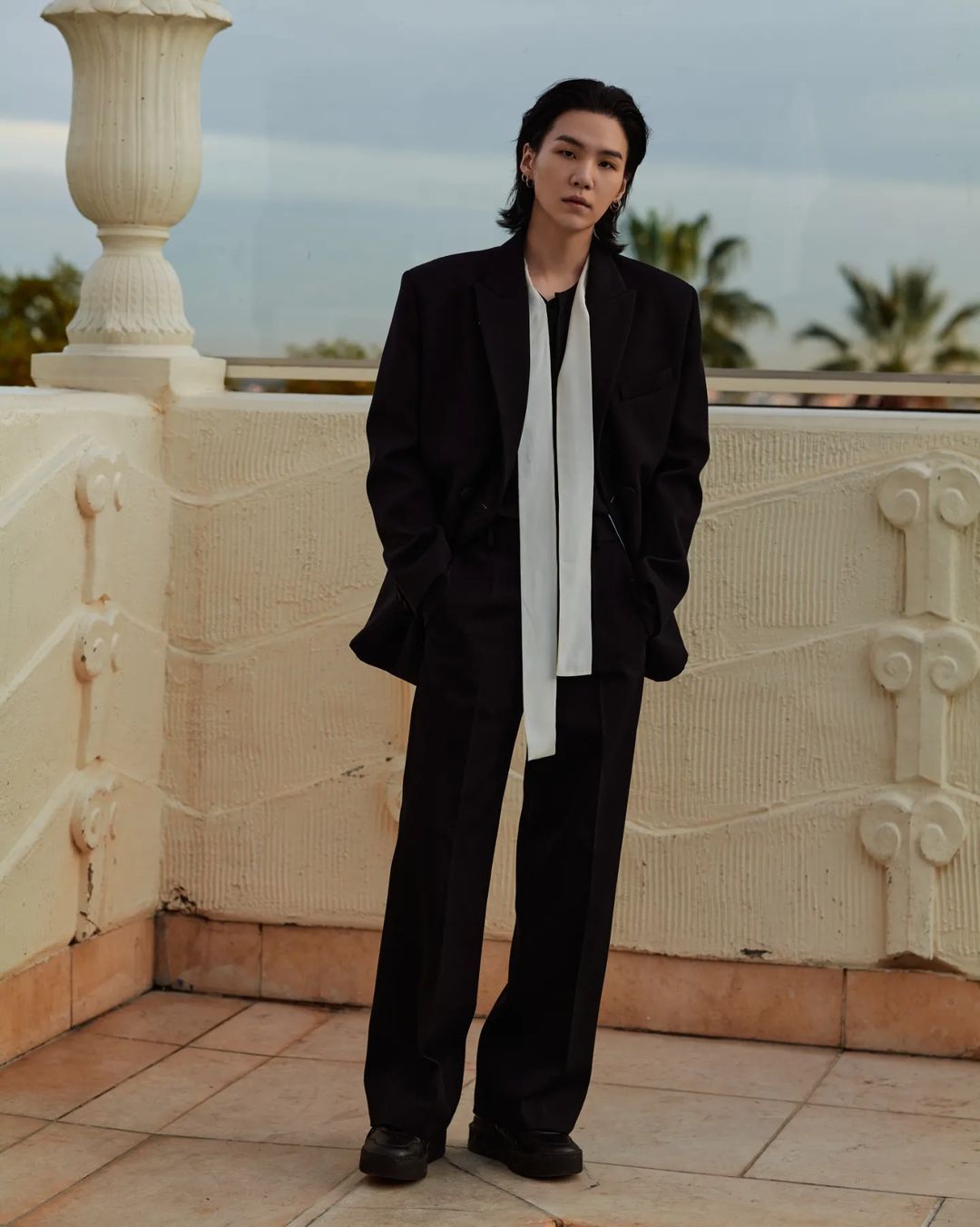
Nowhere but up
As the K-Pop industry continues to release the hottest songs, newest dance craze, and trendiest outfits, the only thing we can say is that they have nowhere to go but up. We’re already in 2023, but the world has yet to reach the peak of K-culture. The influence they have is beyond fashion since people are now trying out their cuisine in their own homes, buying Korean beauty and skincare products, and even traveling across the world to roam around the streets of Seoul and Korea’s other provinces. While it might be hard to predict their industry’s next step, one thing for sure: they’re not going anywhere anytime soon.
Featured Image from PRADA (via Instagram)






